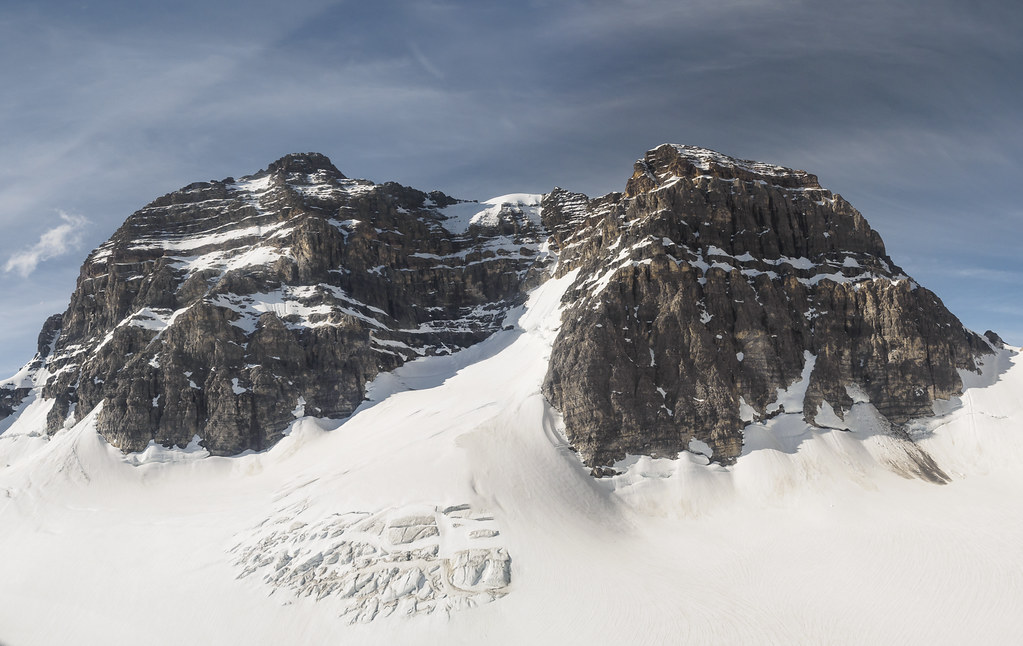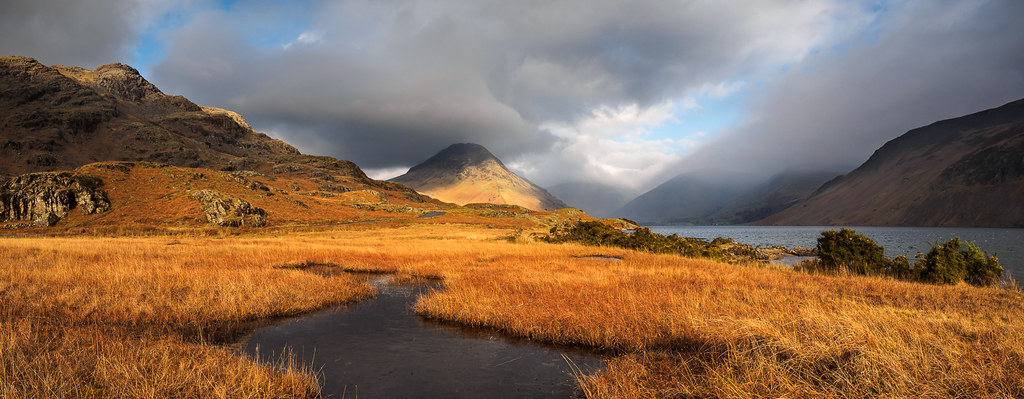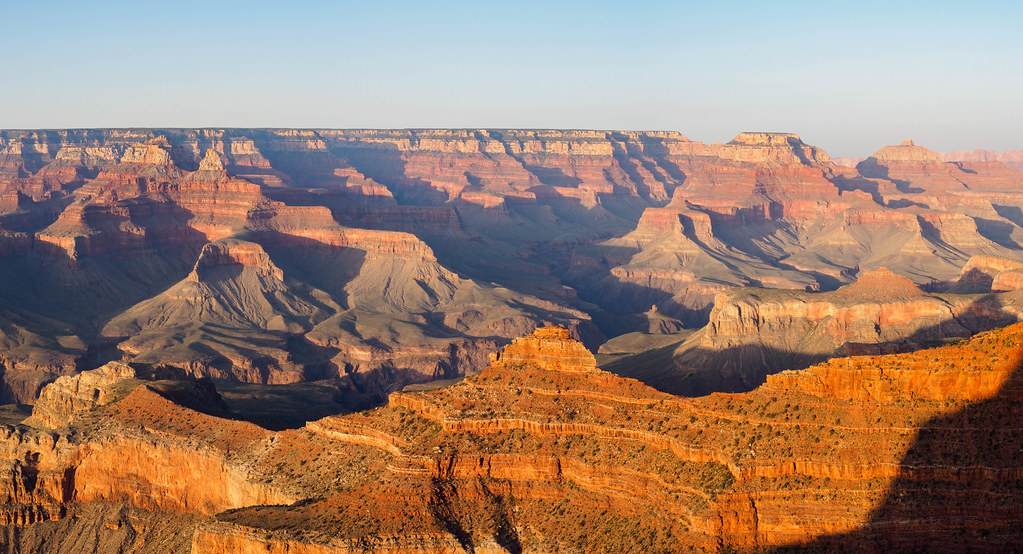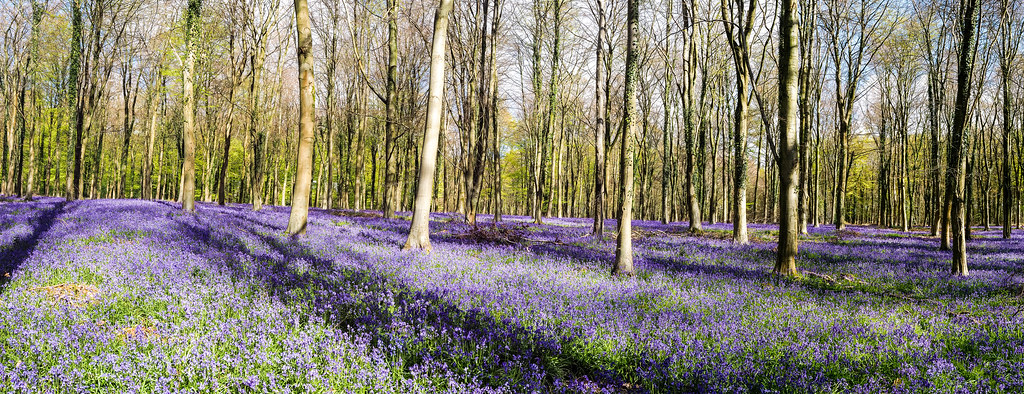- Messages
- 6,632
- Name
- Paul
- Edit My Images
- No
Im exploring how to do these and do them well, for example today I tried one with about 5 seperate vertical images and stitched them in photoshop, fairly pleased overall especially as it was handheld! I did waste a lot of image though due to the stitching and it made me think about how to do it on a tripod.
So, on my googling and youtubing trip so far Ive come across rotating clamps such as https://www.ebay.co.uk/itm/360-angle-Fluid-Panoramic-Panorama-Panning-Base-Clamp-for-Tripod-Ball-Head-Arca/182834978904?_trkparms=aid=222007&algo=SIM.MBE&ao=2&asc=49129&meid=08a3f39718374a8590f20092b11d2b24&pid=100005&rk=3&rkt=6&sd=281587081261&_trksid=p2047675.c100005.m1851
I am assuming that a "fluid" one is better?
But as I was getting my head round this I find this video
View: https://www.youtube.com/watch?v=djSyR4BRPOw
which shows another contraption which i realise is a nodal slide, ive seen people on here mention the nodal ninja?
So, is there a guide that includes these tools and how to use them effectively at all anywhere 'cos im getting a bit flummoxed by it all?
Oh and my first attempt was this.
 Autumnal Panorama by Donnie Canning, on Flickr
Autumnal Panorama by Donnie Canning, on Flickr
So, on my googling and youtubing trip so far Ive come across rotating clamps such as https://www.ebay.co.uk/itm/360-angle-Fluid-Panoramic-Panorama-Panning-Base-Clamp-for-Tripod-Ball-Head-Arca/182834978904?_trkparms=aid=222007&algo=SIM.MBE&ao=2&asc=49129&meid=08a3f39718374a8590f20092b11d2b24&pid=100005&rk=3&rkt=6&sd=281587081261&_trksid=p2047675.c100005.m1851
I am assuming that a "fluid" one is better?
But as I was getting my head round this I find this video
which shows another contraption which i realise is a nodal slide, ive seen people on here mention the nodal ninja?
So, is there a guide that includes these tools and how to use them effectively at all anywhere 'cos im getting a bit flummoxed by it all?
Oh and my first attempt was this.
 Autumnal Panorama by Donnie Canning, on Flickr
Autumnal Panorama by Donnie Canning, on Flickr


 The Rockies 1-
The Rockies 1- Wasdale weather panoramic
Wasdale weather panoramic

 Grand Canyon
Grand Canyon HK from the Peak
HK from the Peak Bluebells Pano-stitch
Bluebells Pano-stitch 027 - The Cuillins, Skye
027 - The Cuillins, Skye canvas2
canvas2
